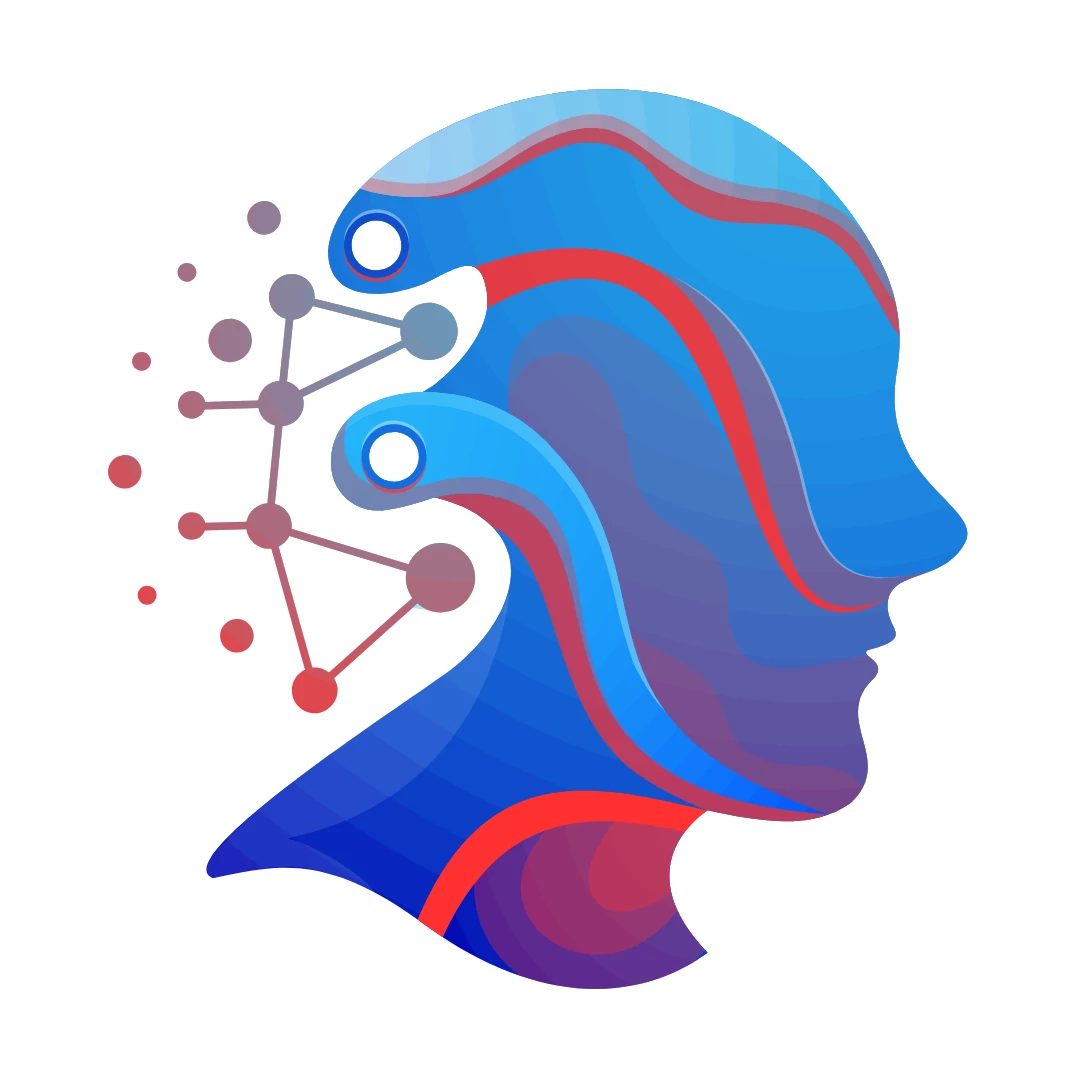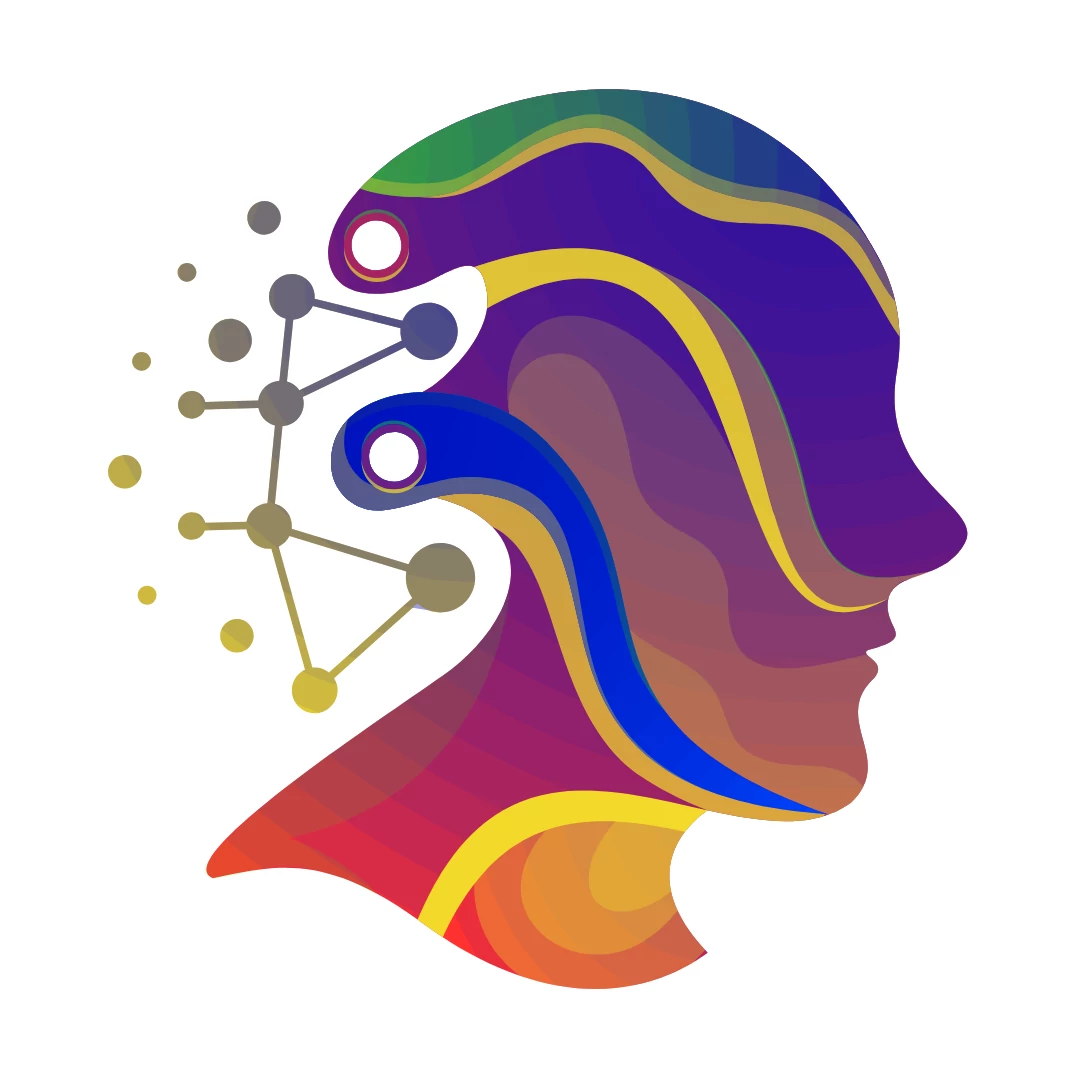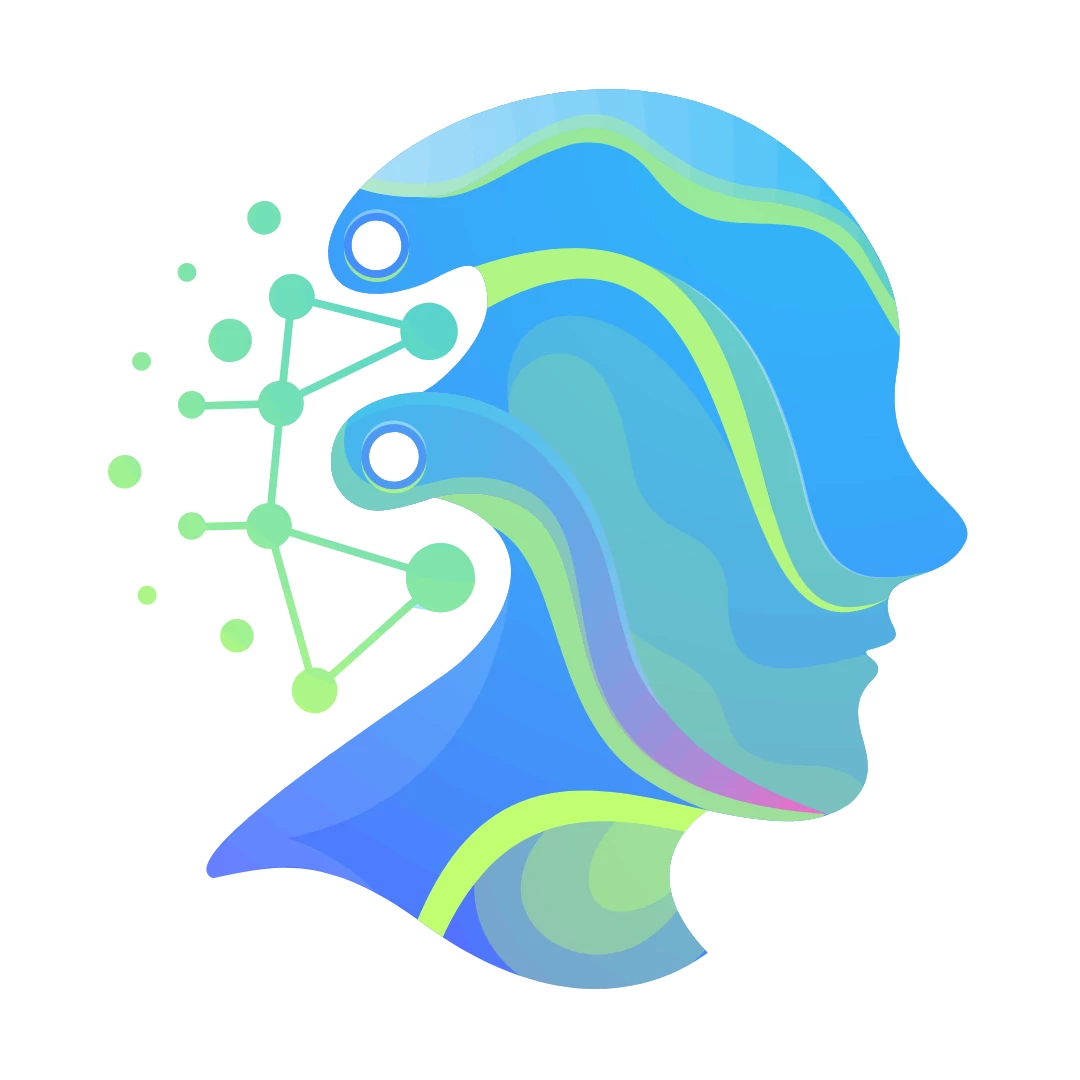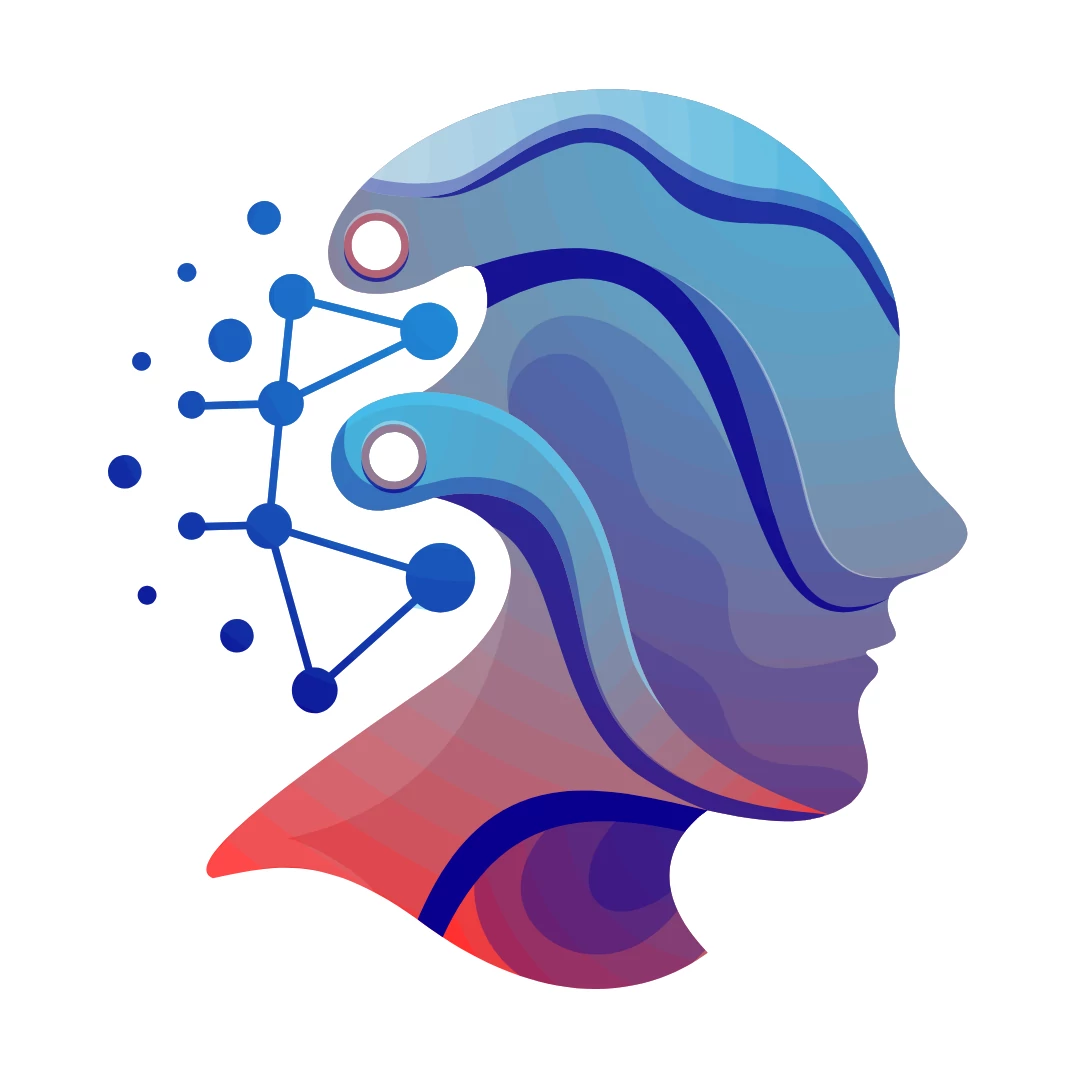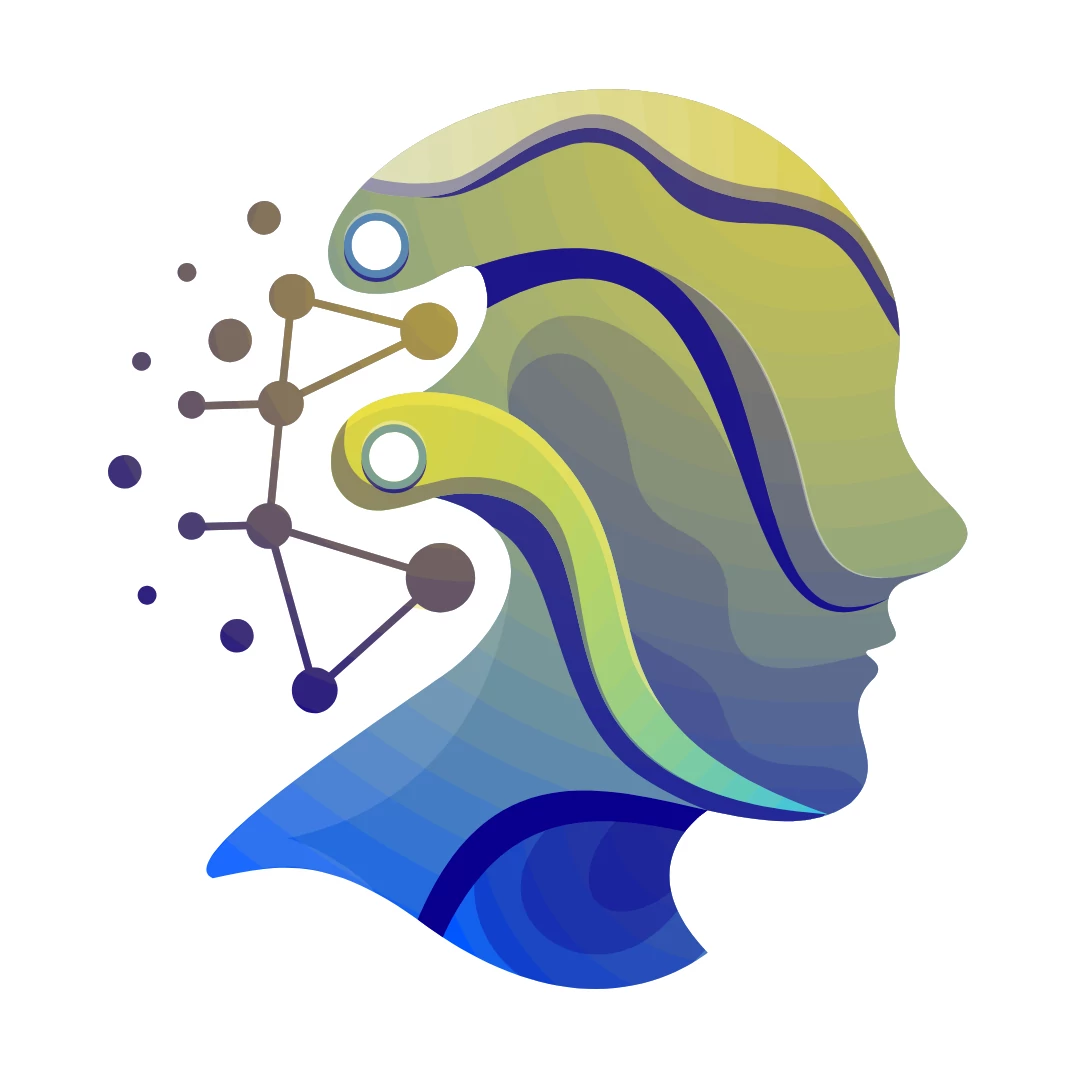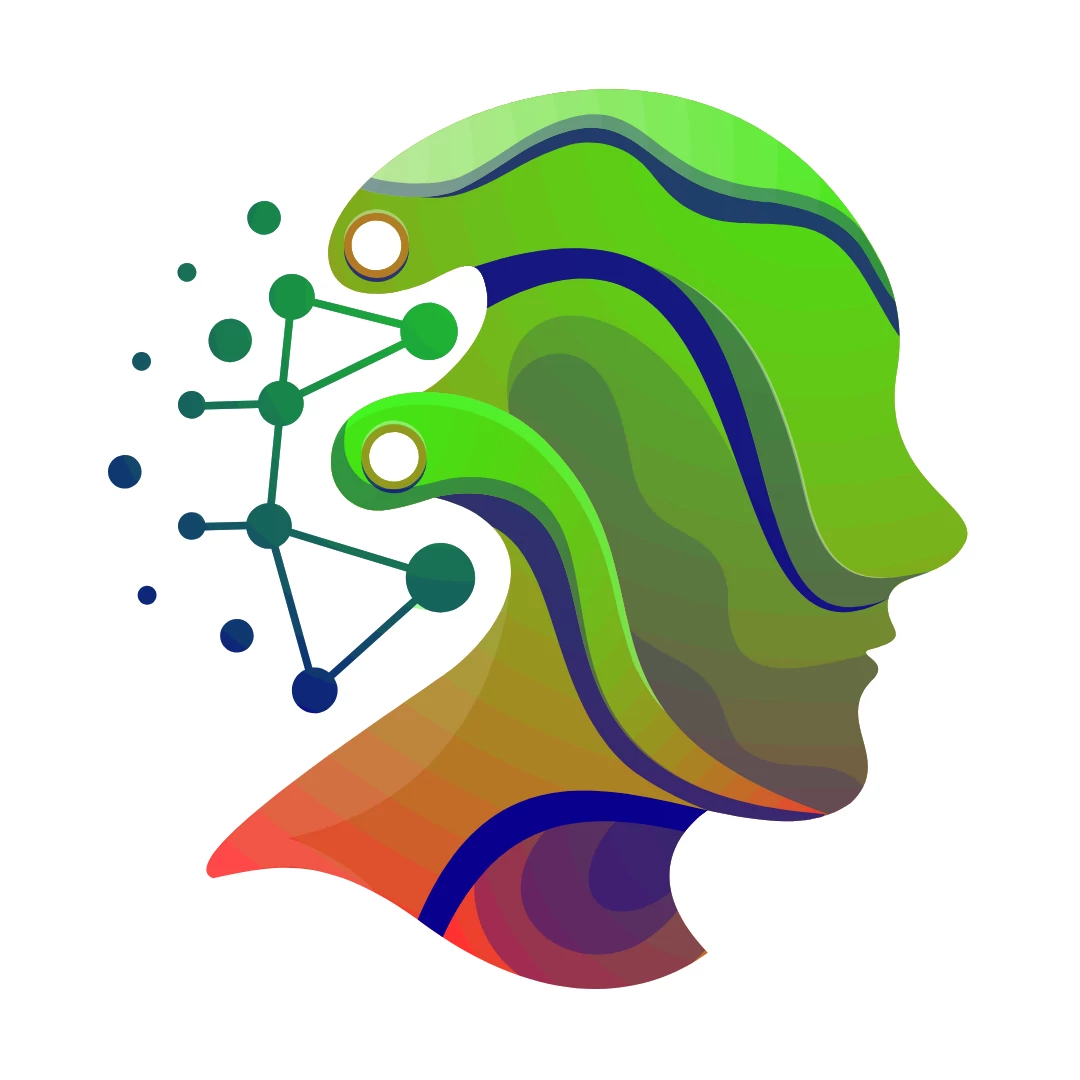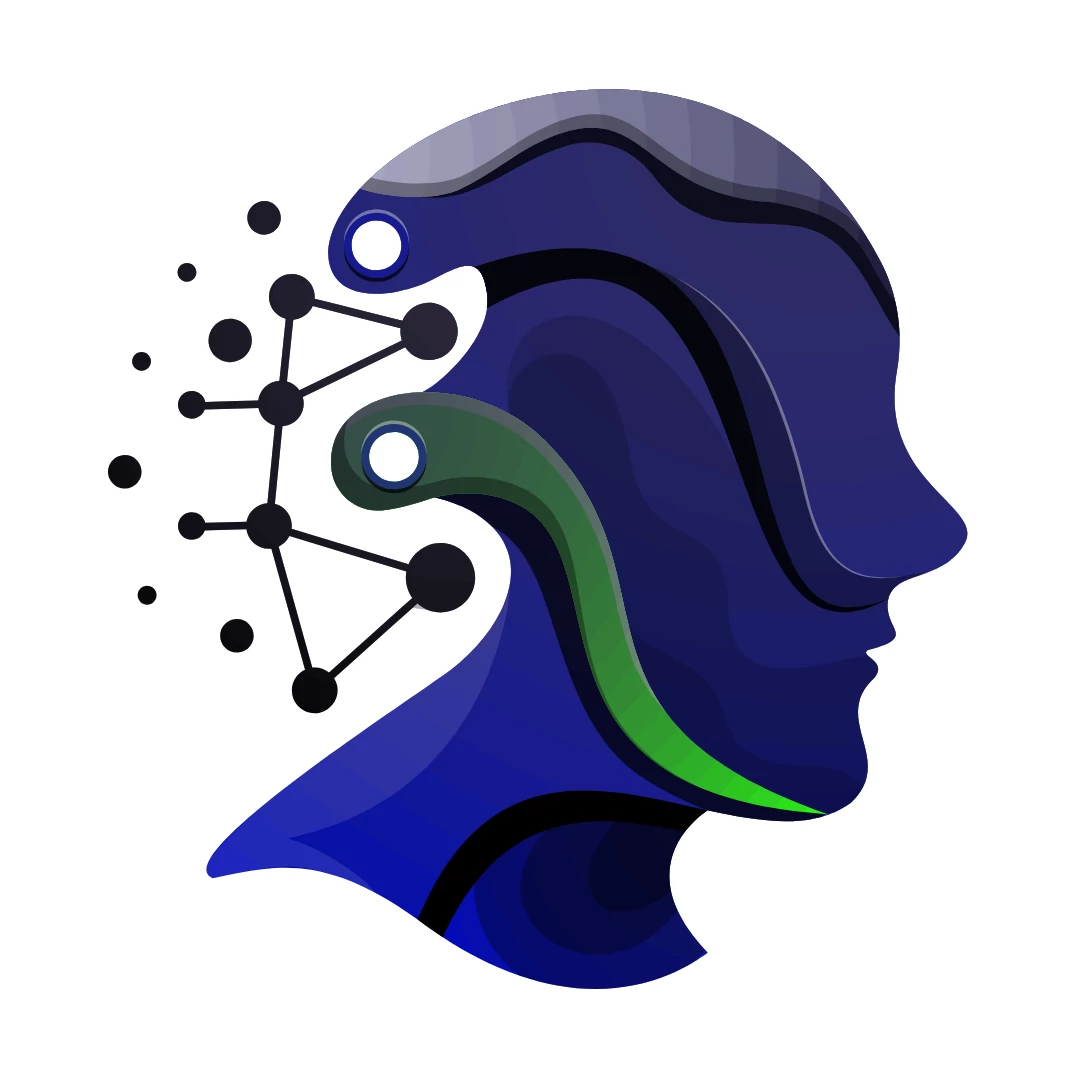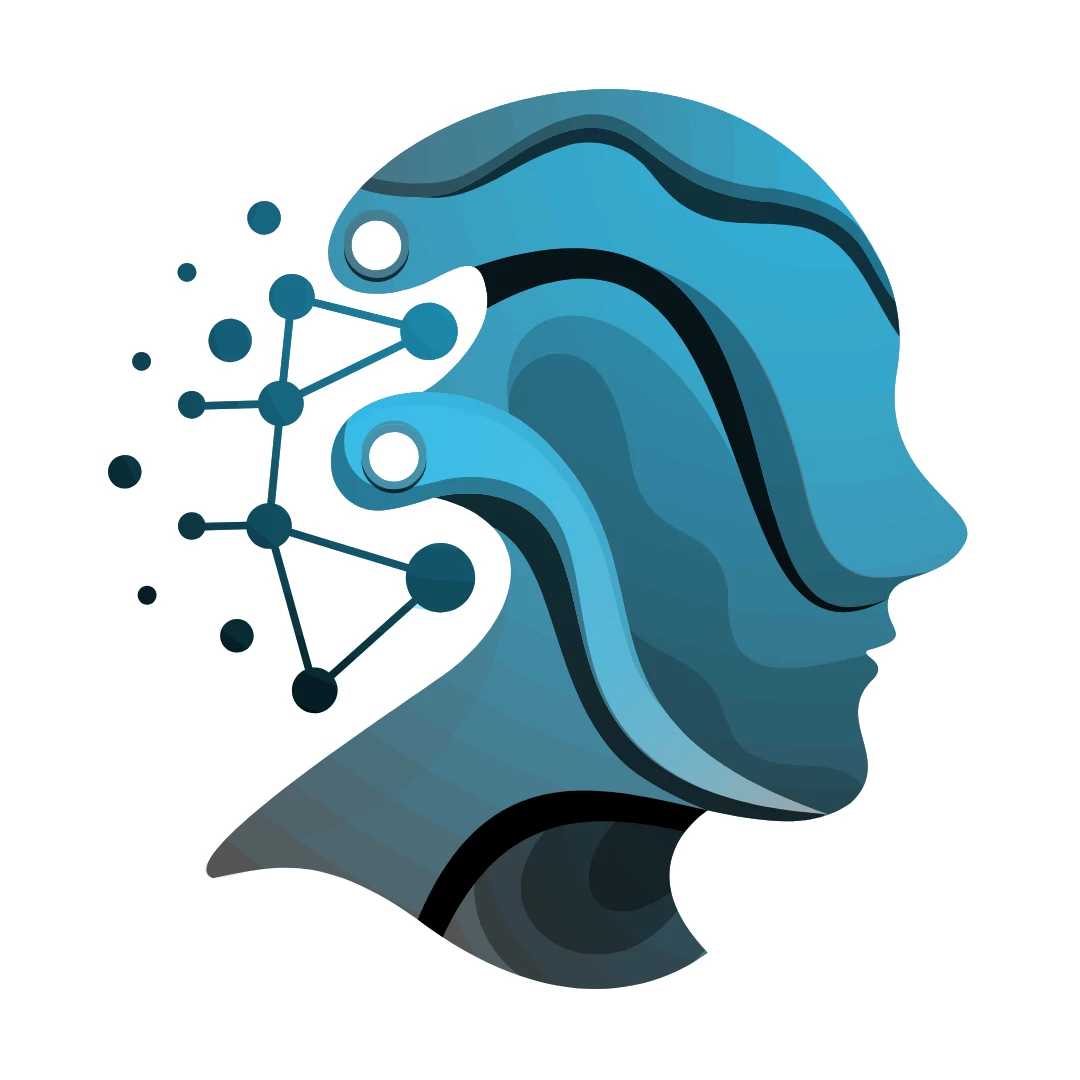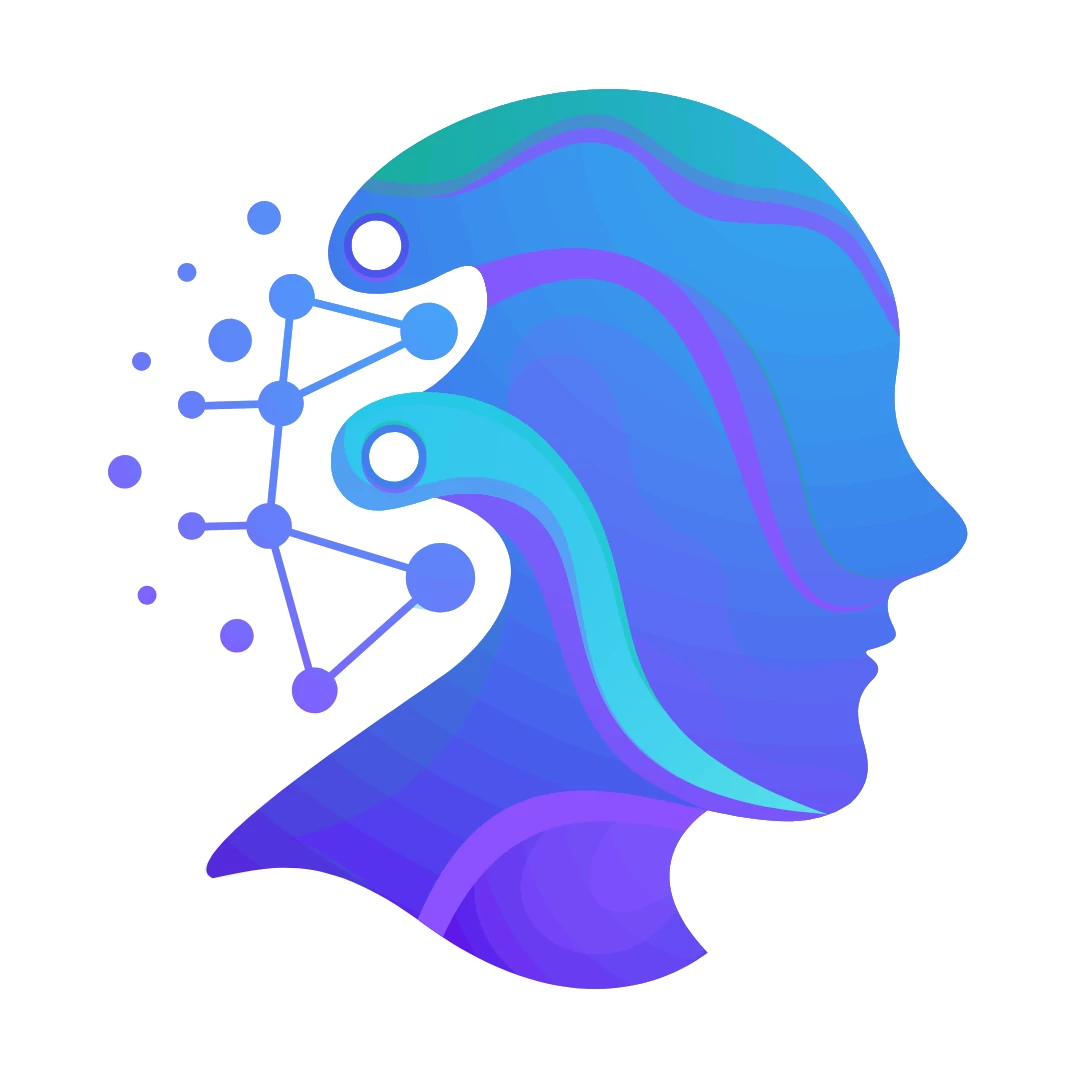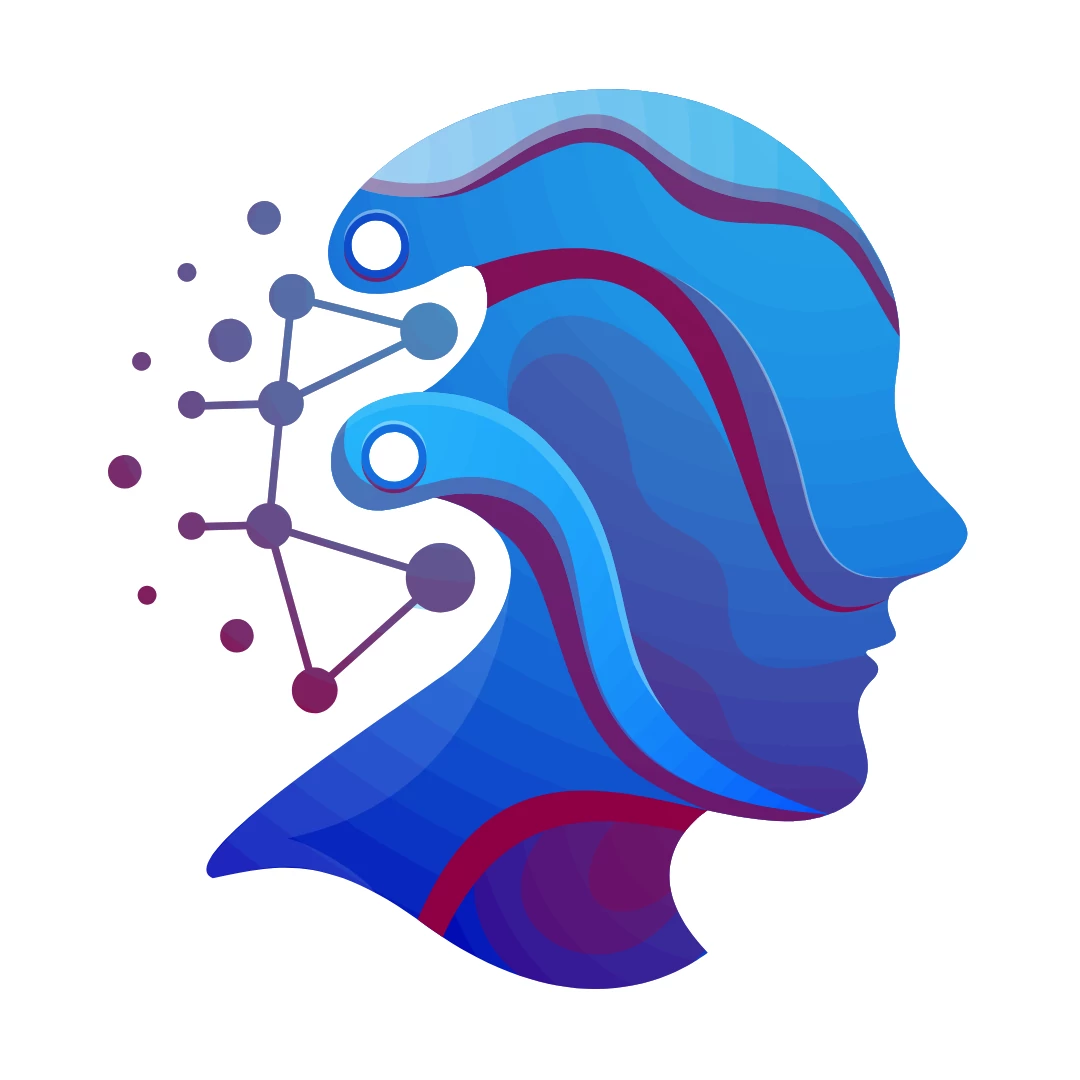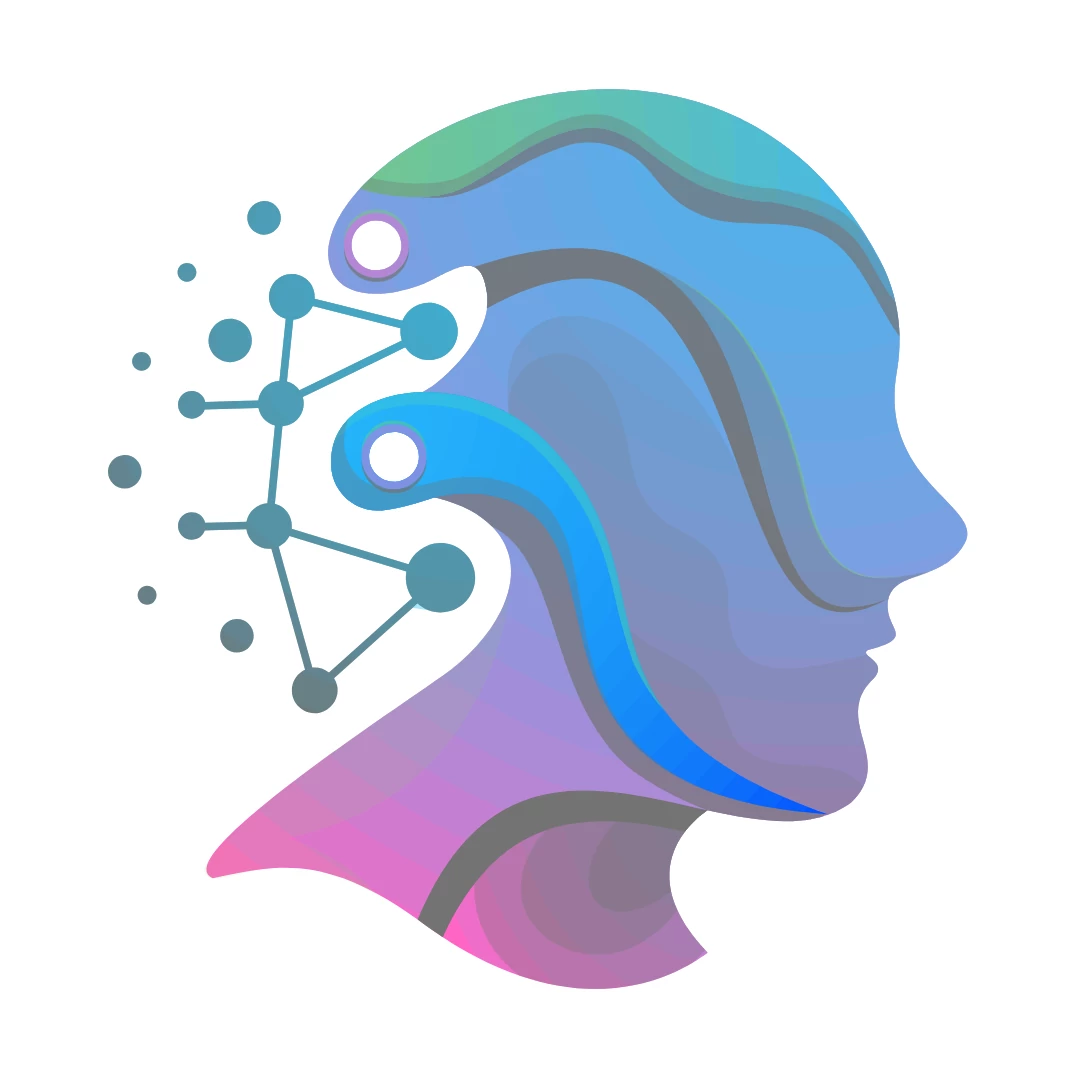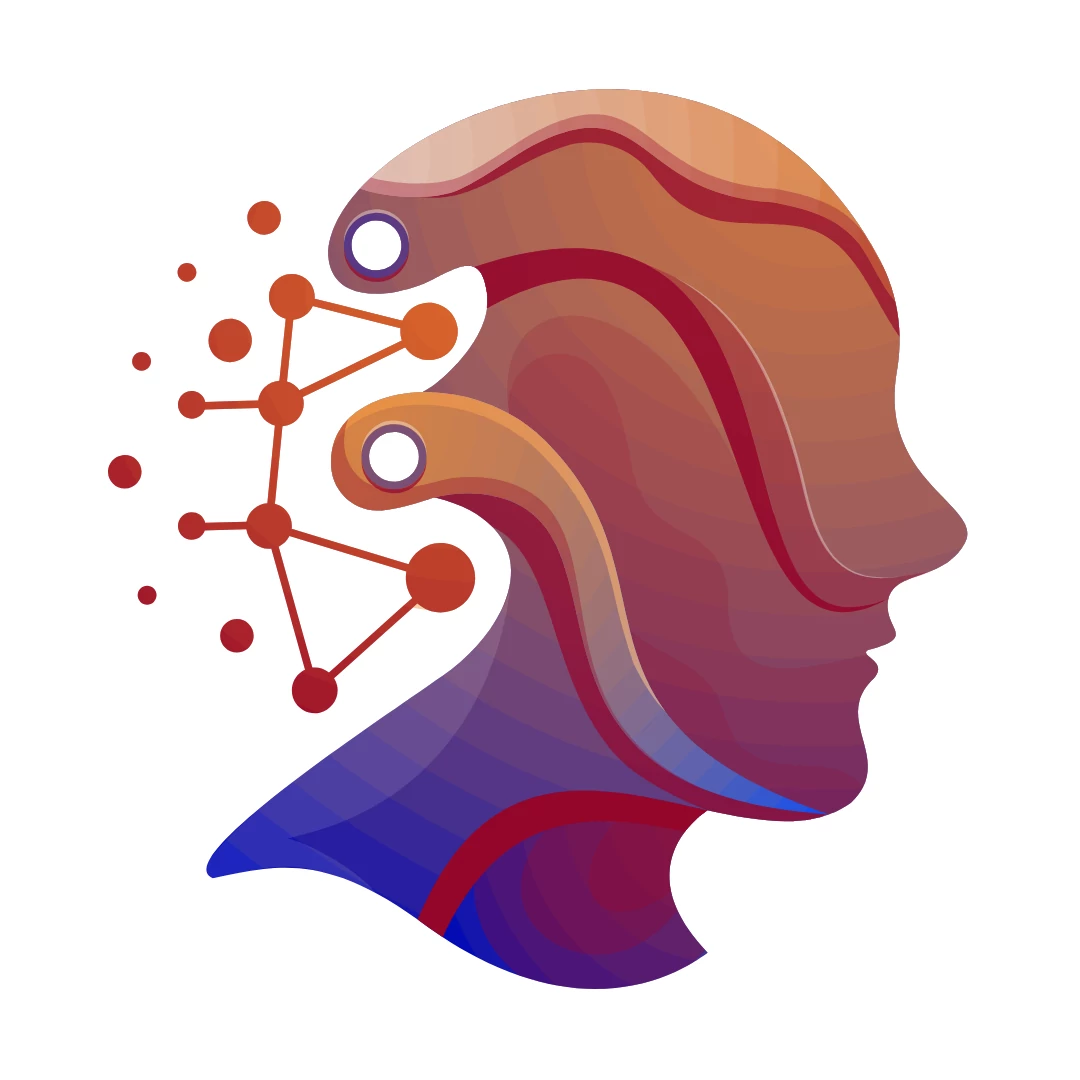Best AI tools for Large Language Models (LLMs)
In the Large Language Models (LLMs) category, you'll find the best and most up-to-date AI tools that will help you optimize and develop your ideas. Easily search and use the tool that fits your needs.
Refine Your AI Prompts for Peak …
Craft AI Prompts in Seconds, Not …
The Witty AI Companion from xAI …
Turn Lazy Ideas into Sharp AI …
Lightweight Powerhouse for AI Innovation
Watch AIs Chat in Custom Scenarios …
Unlock Stunning AI Visuals with Expert …
AI spreadsheet & data analyst
Imagine More, Create Freely
Create with AI, Amplify Your Vision. …
Empower Your Brand with Jasper.ai – …

detects AI models in text to …
The Best AI Suite for all …
A pioneering analysis platform transforming economic …
What is Large Language Models (LLMs)?
Large Language Models (LLMs) are advanced AI models designed to understand, generate, and interact with human language at a high level, enabling natural language processing tasks such as translation, summarization, and conversation.
Large Language Models (LLMs) Core Features
- Natural language understanding and generation
- Context-aware responses
- Multilingual capabilities
- Text summarization and content creation
- Conversational AI and chatbots
Who is suitable to use Large Language Models (LLMs)?
Businesses, developers, researchers, and content creators looking to leverage AI for natural language processing, automation, and enhancing user interactions.
How does Large Language Models (LLMs) work?
LLMs are trained on massive datasets of text, learning patterns and language structures to generate coherent and contextually relevant responses based on user input.
Advantages of Large Language Models (LLMs)
- High-quality and fluent text generation
- Versatility across multiple language tasks
- Improves efficiency in content creation
- Supports customer service automation
- Enables advanced conversational AI applications
FAQ about Large Language Models (LLMs)
Q: Are LLMs capable of understanding context?
A: Yes, LLMs analyze the context within input data to generate relevant and coherent responses.
Q: Can LLMs generate content in multiple languages?
A: Absolutely, many LLMs support multilingual text generation and translation.
Q: What industries benefit most from LLMs?
A: Industries such as customer service, marketing, education, and research see significant advantages from LLM technology.
